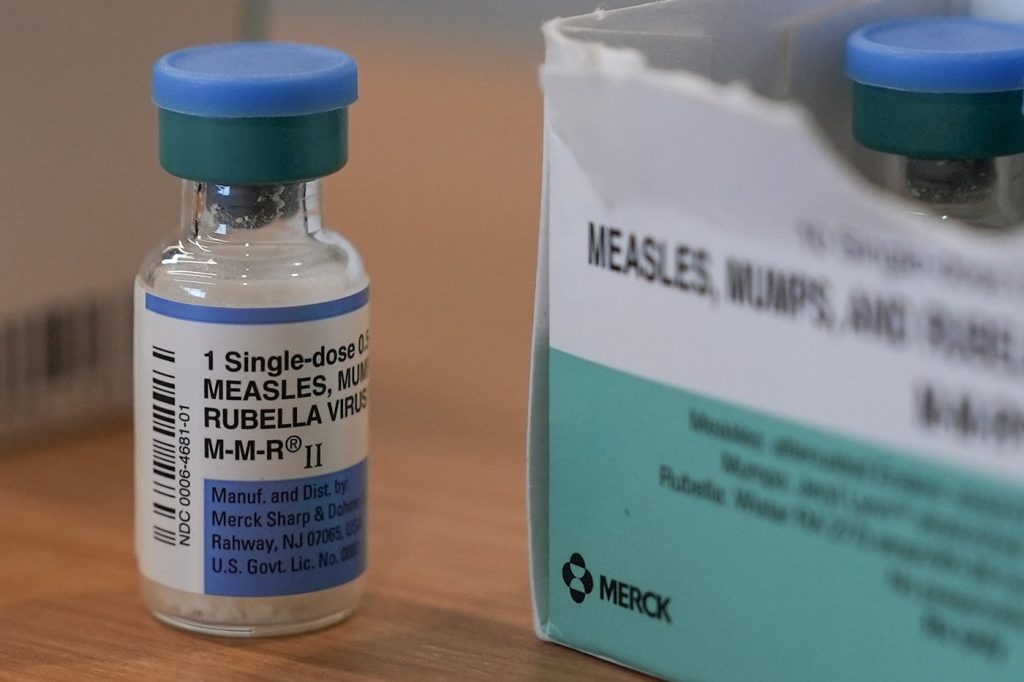Measles outbreaks in West Texas and New Mexico have escalated, with over 250 cases reported. Tragically, two unvaccinated individuals have died due to measles-related complications. Health officials are taking the resurgence of this virus seriously, given that measles was declared eliminated from the U.S. in 2000.
The highly contagious virus spreads through airborne transmission, infecting individuals when an infected person coughs, sneezes, or breathes. The importance of vaccination cannot be overstated, as it is the most effective means of prevention. Recent reports highlight the concerning statistics, with Texas health officials confirming 223 cases, including 25 new cases since the end of last week. Furthermore, 29 individuals are currently hospitalized due to the outbreak.
In neighboring New Mexico, health officials reported 30 cases in Lea County, which borders affected areas in Texas. Among the casualties, a school-age child in Texas succumbed to measles, while New Mexico recorded its first measles-related death in an adult recently. These developments underscore the critical state of public health in the region.
Measles outbreaks are not confined to Texas and New Mexico; cases have been reported in states such as Alaska, California, Georgia, Kentucky, Maryland, New Jersey, New York, Pennsylvania, and Rhode Island. The Centers for Disease Control and Prevention (CDC) defines an outbreak as three or more related cases, and as of 2025, there have been several clusters that met this definition.
The transmission of measles often begins with individuals who contracted the virus abroad, especially in communities with low vaccination rates. Public health experts stress the importance of the measles, mumps, and rubella (MMR) vaccine, which is recommended for children at 12 to 15 months for the first dose and 4 to 6 years for the second. High-risk populations, including those living with infected individuals and those with underlying health issues, may need to consider receiving a booster shot if they reside in outbreak-affected areas.
Adults asserting presumptive immunity typically do not need additional doses, as documented prior vaccination, laboratory confirmation of past infection, or being born before 1957 usually suffices for immune validation. However, those immunized before 1968 with an ineffective vaccine should consider revaccination.
Symptoms of measles typically begin with a high fever, runny nose, cough, red eyes, and a subsequent rash that appears three to five days later, often with fever spikes above 104°F. There is currently no targeted treatment for measles; care generally focuses on symptom relief and preventing complications.
Vaccination rates are crucial in curtailing the spread of measles, as herd immunity is achieved when over 95% of a community is vaccinated, making it hard for the disease to spread. Unfortunately, there has been a nationwide decline in childhood vaccination rates since the onset of the pandemic, with an increase in exemptions based on religious or personal beliefs.
In 2024, the U.S. saw a rise in measles cases, including a significant outbreak in Chicago involving over 60 cases. The situation serves as a stark reminder of the risks posed by declining vaccination rates, marking a worrying trend that echoes through recent years where measles cases had seen their highest levels in nearly three decades.










